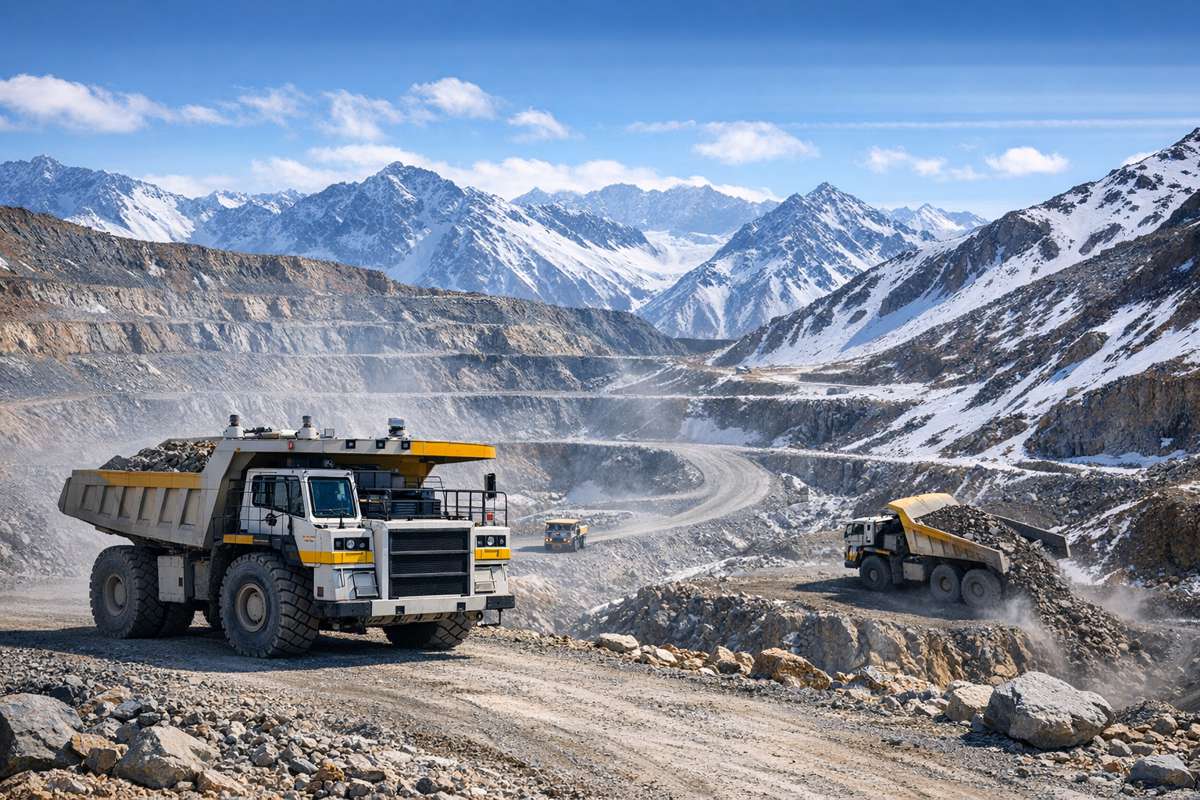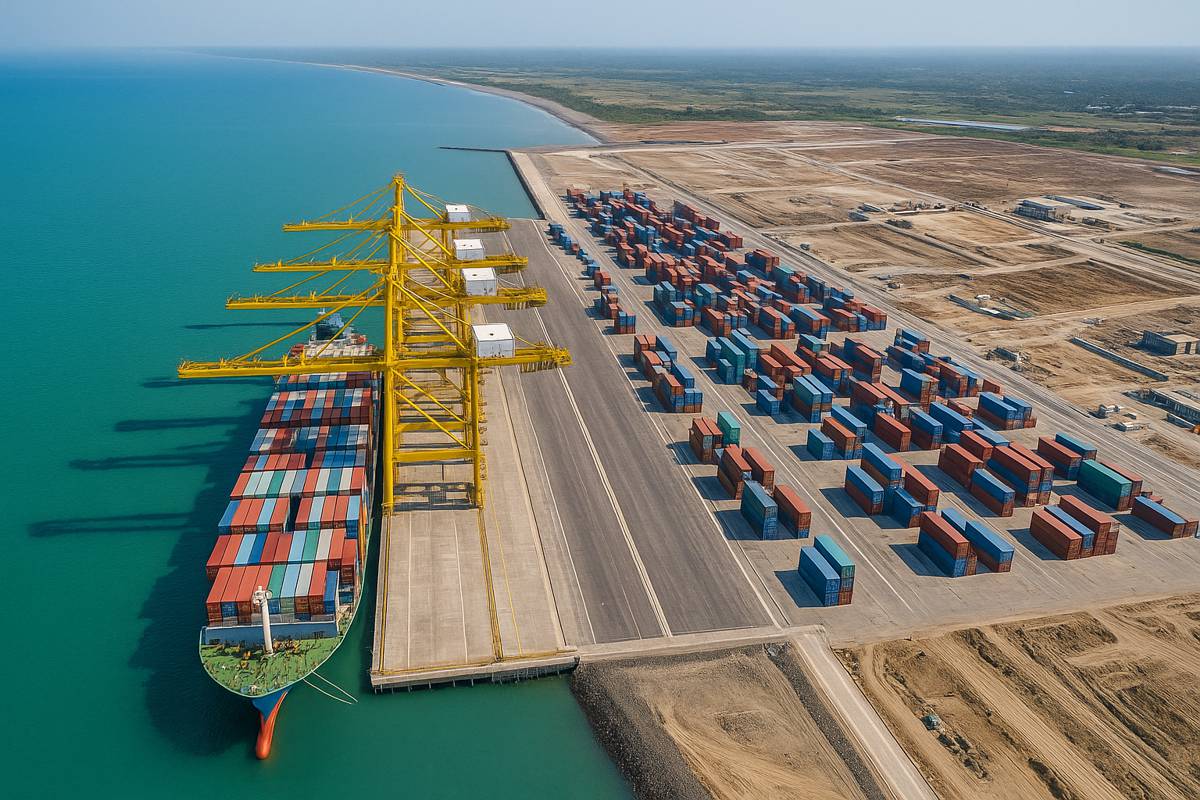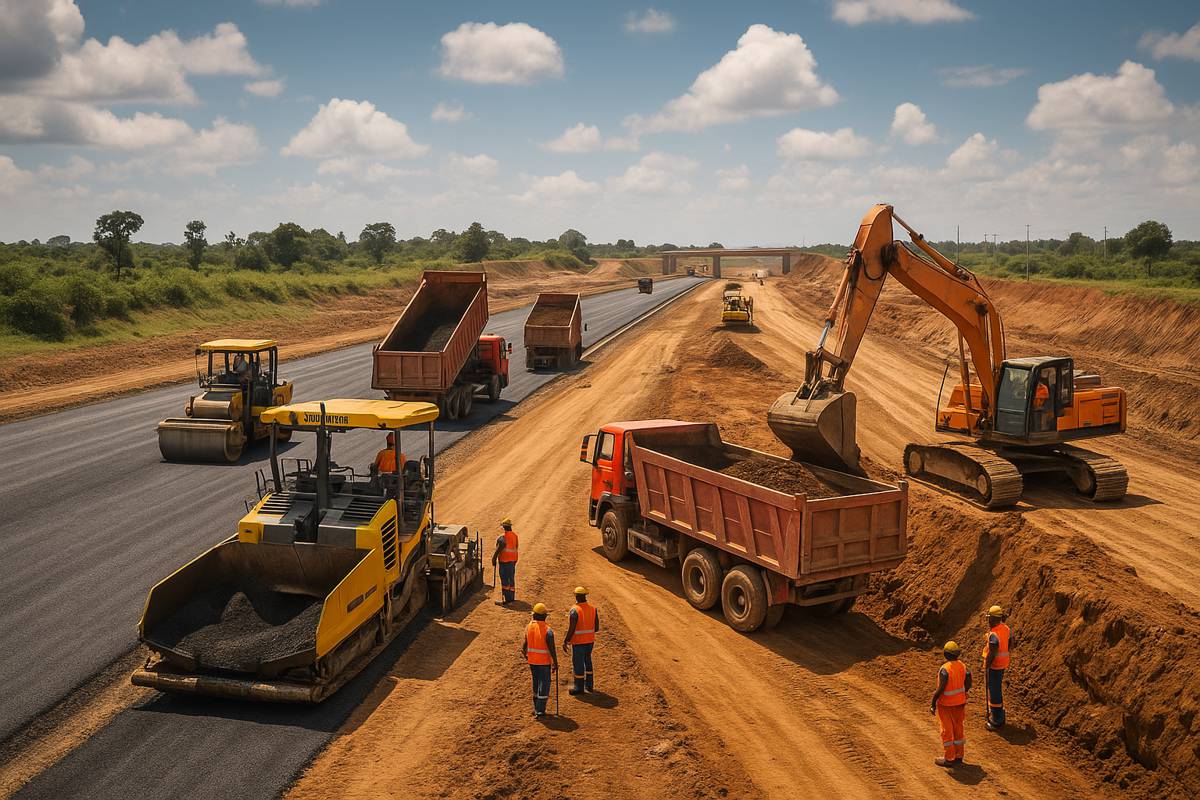Electrifying the Future of Ironmaking for Greener Steel
Iron, the backbone of civilisation, underpins virtually every aspect of modern life. From skyscrapers and bridges to cars and smartphones, iron and its alloys – particularly steel and cast iron – form the structural and functional core of our built environment. Yet, the process that delivers this indispensable metal remains anything but clean.
Conventional blast furnaces have long been the industry standard for iron extraction. They’re effective, sure, but they’re also energy hogs and major contributors to air pollution. Enter electrochemical ironmaking – a cleaner, potentially cost-competitive alternative that could revolutionise the steel industry. According to a recent study published in ACS Energy Letters, researchers have refined a low-temperature electrochemical process that promises to slash emissions and energy use.
As Paul Kempler, the study’s corresponding author, puts it: “Identifying oxides which can be converted to iron metal at low temperatures is an important step in developing fully electrified processes for steelmaking.”
The Science Behind Electrochemical Ironmaking
Instead of relying on intense heat and coking coal, this new method uses electricity to pull iron directly from iron-containing solutions. This electrochemical approach works by passing current through a liquid electrolyte – in this case, sodium hydroxide – containing iron feedstocks.
Now here’s where things get interesting: the team, led by Anastasiia Konovalova and Andrew Goldman, went a step further. They didn’t just tinker with the process – they redesigned the feedstock from the ground up. Natural ores, with their dense, irregular particles and impurities, had previously limited the effectiveness of electrochemical reduction. So, the researchers created synthetic iron oxides with controlled morphology and porosity to improve selectivity and efficiency.
These custom-made particles included internal voids and interconnected cavities, increasing the surface area and enhancing their reactivity. When passed through the cell, the more porous particles facilitated a cleaner, more efficient conversion to elemental iron – even outperforming natural hematite.
Key Findings and Experimental Breakthroughs
In controlled experiments, the team achieved optimal results at a current density of 50 milliamperes per square centimetre – a rate comparable to fast-charging lithium-ion batteries. Under these conditions, dense iron oxides were successfully reduced to elemental iron with impressive selectivity.
But it didn’t stop there. Using more porous, nanoscale particles, the researchers demonstrated that current densities could be pushed even further – up to 600 milliamperes per square centimetre – levels seen in commercial electrolysis systems. That’s a massive leap in scalability potential.
Some standout observations:
- Particles with nanoscale porosity increased iron production efficiency
- Morphology and surface area are critical to process success
- Minimal impurities (carbon, barium) in synthetic feedstocks improved consistency
- Specialised cathode design enabled effective reduction in a sodium hydroxide solution
Could This Process Compete with Blast Furnaces?
The golden question: can this method challenge the economic dominance of traditional blast furnaces?
Based on the team’s cost analysis, the answer is a resounding “maybe – and sooner than you’d think.” The researchers estimate that electrochemical iron could be produced at under $600 per metric ton ($0.60 per kg). That’s right in the ballpark of today’s industry standard.
Of course, challenges remain. Scaling up the process requires further development of feedstock engineering and electrochemical cell optimisation. However, the energy savings, combined with reduced emissions of greenhouse gases, sulfur dioxide and particulate matter, present an overwhelmingly strong case for continued investment.
Backing from the U.S. Department of Energy
Crucially, this breakthrough didn’t happen in a vacuum. Funding came from the U.S. Department of Energy’s Office of Science, specifically its Office of Basic Energy Sciences. Their support underscores the growing urgency to decarbonise heavy industry and support clean energy research.
Steelmaking currently accounts for 7–9% of global carbon dioxide emissions. As such, scalable, electric-based solutions like this could play a pivotal role in hitting net-zero goals across multiple countries. It also fits neatly into the rising trend of electrifying industrial processes, following the success of green hydrogen and renewable electricity in other sectors.
What Needs to Happen Next
While the electrochemical method shows great promise, it’s not ready for primetime just yet. The researchers acknowledge that additional innovation is required in three main areas:
- Electrochemical Cell Design – To sustain higher current densities while maintaining efficiency.
- Feedstock Engineering – Developing large-scale, porous iron oxide particles that mimic synthetic success.
- Energy Integration – Ensuring the electricity used comes from renewable sources to maximise emissions reductions.
Still, the foundation has been laid. With ongoing support and collaboration between researchers, policymakers, and industry, this process could be scaled to meet industrial demand sooner than expected.
The Road Ahead Looks Bright
Let’s face it: the steel industry needs a shake-up. As global demand for steel and iron products continues to surge, so too does the pressure to reduce the environmental footprint of production. Electrochemical ironmaking could be the missing puzzle piece.
By embracing electricity over fire and forging iron from smarter feedstocks, researchers are lighting the path toward a more sustainable, electrified future. This isn’t just academic tinkering – it’s a glimpse of the next industrial revolution, one where clean energy and heavy industry no longer have to be at odds.
As Kempler and his team have shown, sometimes all it takes is a spark to ignite lasting change.





















